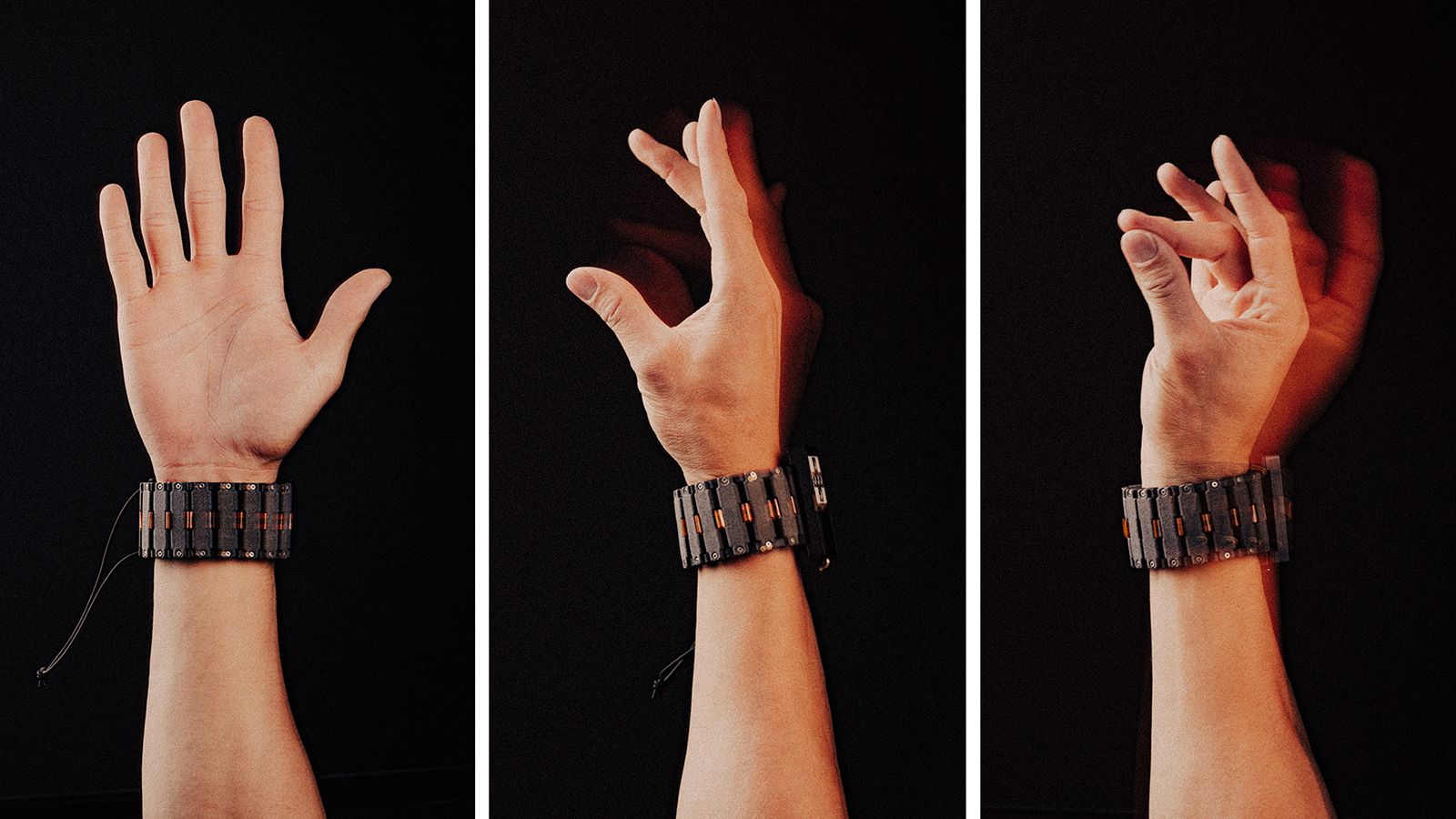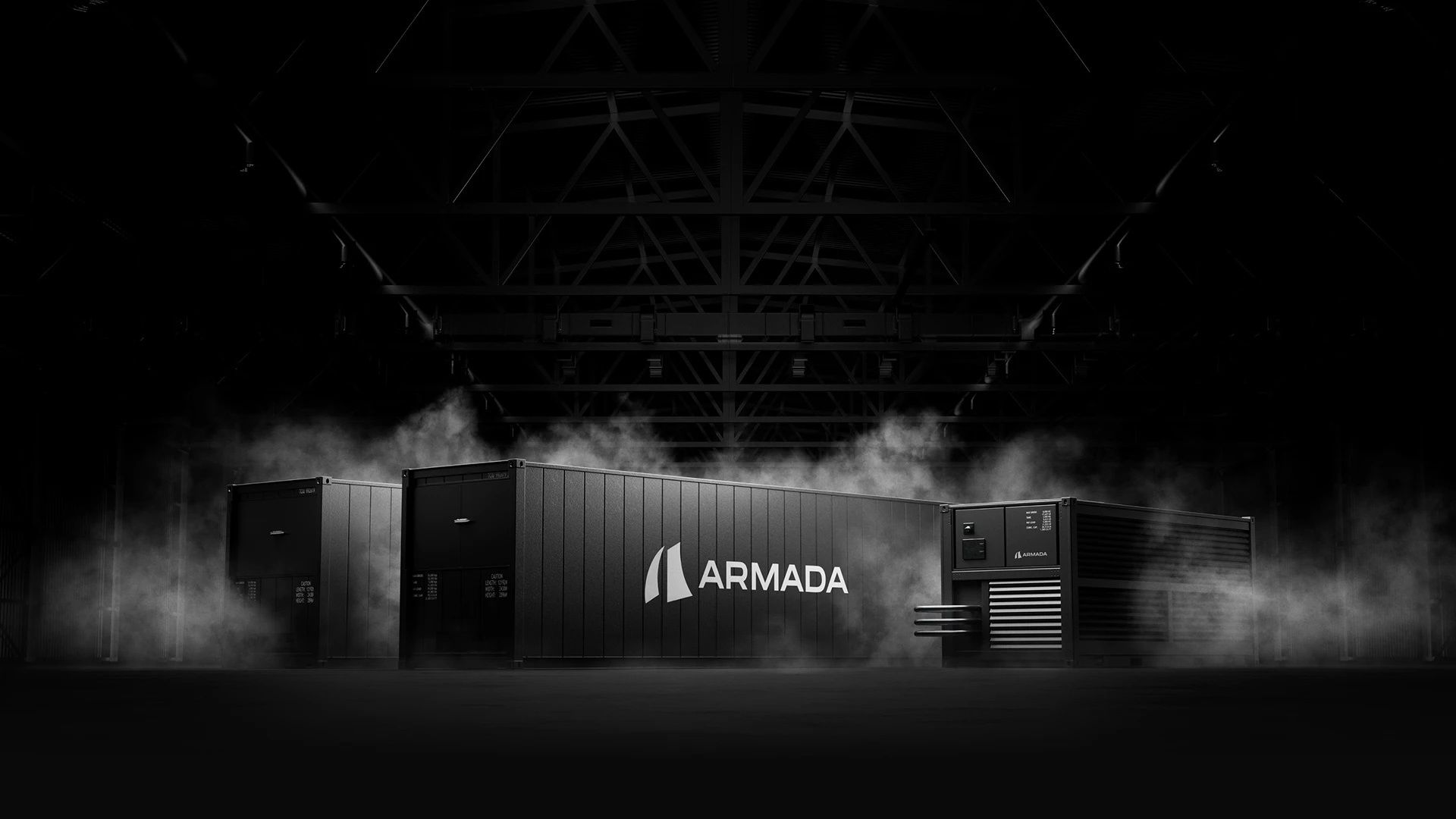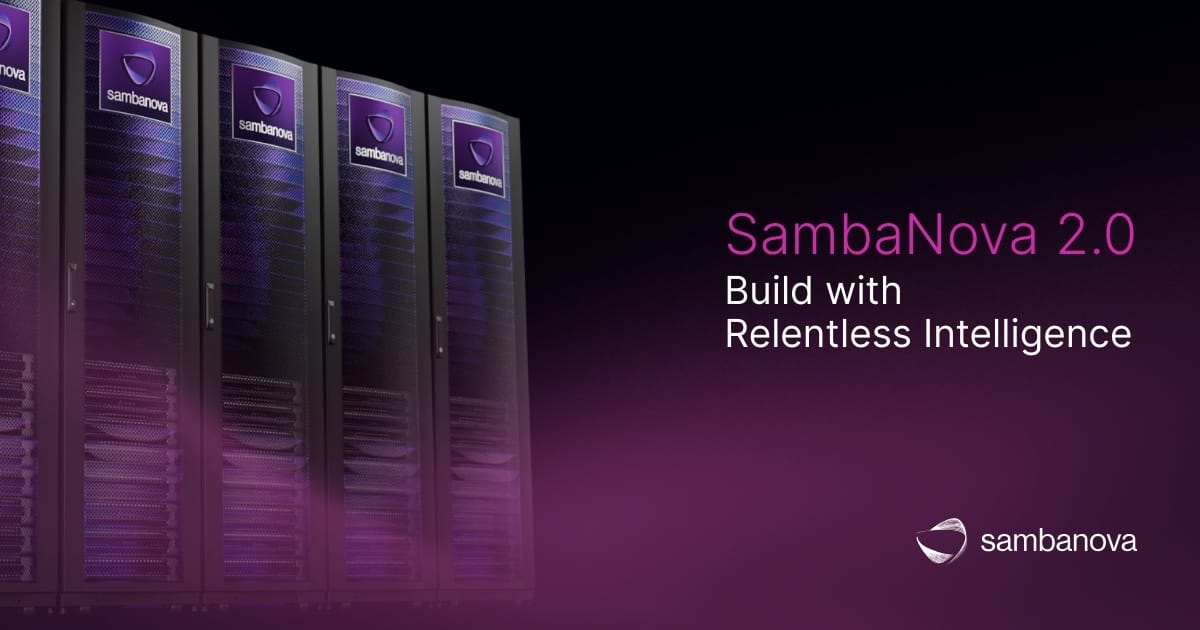- The Rundown Tech
- Posts
- Meta wristband reads your mind
Meta wristband reads your mind
PLUS: YouTube's $10B ad jackpot
Good morning, tech enthusiasts. What if your next computer interface wasn’t a screen or keyboard — but your nervous system? Meta is building a wristband that reads muscle signals from your arm, letting you swipe through apps, move cursors, and even type in mid-air.
Could this mark the start of a post-touch era, where gestures replace gadgets?
In today’s tech rundown:
Meta’s computer-interfacing wristband
YouTube’s ad revenue climbs to $10B
Armada nabs $131M for portable data centers
Rocket Lab hits big, muddy challenge
Quick hits on other major tech news
LATEST DEVELOPMENTS
META

Image source: Meta Reality Labs
The Rundown: Meta researchers are collaborating with Carnegie Mellon to develop a wristband that lets you control a computer or phone by detecting micro-movements and nerve signals in your forearms, even if your hand doesn’t visibly move.
The details:
The wristband harnesses surface electromyography (sEMG) to read electrical signals generated by forearm muscles when you think about moving your hand.
Advanced AI parses intent from micro-voltage twitches, interpreting neural signals before any visible motion even happens.
Real-time machine learning algorithms transform raw sEMG data into actionable commands, such as cursor moves, clicks, and text input.
Users can “write” in the air as though holding a pen, with the system capturing handwriting and shapes and translating them into digital text or graphics.
Why it matters: By tapping into neural signals before muscle movement, the tech’s goal is to enable people with severe motor impairments to control computers, surf the web, and communicate — even if they can’t physically move their hands. Plus, it offers a simpler, nonsurgical solution compared to Elon Musk’s Neuralink brain chips.
TOGETHER WITH SAMBANOVA
The Rundown: SambaNova’s cloud platform lets you build with the best open-source models from Llama, DeepSeek, OpenAI, and more. All models are optimized with lightning-fast inference speed and powered by SambaNova’s purpose-built AI chip, the SN40L Reconfigurable Dataflow Unit (RDU).
SambaCloud offers:
Integrations to the most popular frameworks and tools such as Hugging Face, CrewAI, and Cline
APIs for building and a playground to test things out
Availability through the AWS Marketplace
YOUTUBE

Image source: Ideogram/The Rundown
The Rundown: YouTube just flexed its streaming dominance with a blockbuster quarter, shattering Wall Street forecasts and inching ever closer to the $10B-per-quarter ad revenue club.
The details:
Alphabet’s latest earnings reveal that YouTube’s ad revenue hit $9.8B in Q2 — up 13% year over year and beating analyst estimates by $200M.
Brands are steadily shifting ad budgets away from traditional broadcast TV and toward YouTube, lured by its massive reach and granular targeting capabilities.
YouTube’s growth is powered by a spike in living-room viewership, as more people access YouTube via smart TVs and streaming devices.
Nielsen now ranks YouTube as the No. 1 platform for TV viewing, with a 12.4% share for three consecutive months, outpacing even Disney and Netflix.
Why it matters: Nearly one in eight minutes spent watching TV happens on YouTube, reflecting not just a Gen Z migration but a mainstream redefinition of where “TV” happens. As pay-TV and legacy streamers scramble to catch up — with even Netflix trailing by a wide margin — YouTube is quickly becoming the new living-room default.
ARMADA

Image source: Armada
The Rundown: Armada, the stealthy upstart on a mission to rewire edge computing, just scored a $131M funding round with heavyweight backing from Founders Fund, Microsoft’s M12 venture arm, and other prominent VC firms.
The details:
The capital will boost Armada’s rollout of Leviathan, a portable data center that comes housed in shipping containers, deployable almost anywhere.
These facilities, designed to run AI and large language model workloads, require no permits or major construction, and can come online in weeks.
Leviathans can run on solar, natural gas, diesel, or grid hookups, with infrastructure and advanced liquid cooling to support next-gen GPUs.
Armada’s lineup scales from briefcase-sized Beacons to cruiser-sized Galleons, but Leviathan is the real deal with 10x more compute.
Why it matters: Armada is targeting the digital no man’s lands: oil rigs, battlefields, disaster zones, and places where connectivity is scarce. Their units are “connectivity-agnostic,” relying on Starlink, satellite, and wireless for uplink, and they’re being tested by the U.S. Navy for processing drone and sensor data in extreme environments.
ROCKET LAB

Image source: Rocket Lab
The Rundown: Aerospace startup Rocket Lab, racing to launch its giant, reusable Neutron rocket from Virginia’s Wallops Island, is seeking emergency regulatory approval to move huge rocket parts across the region’s shallow waterways.
The details:
Rocket Lab has asked for clearance to ferry parts of Neutron across shallow waterways that snake to the Mid-Atlantic Regional Spaceport (MARS).
With its permanent solution — dredging a 5,300-foot deepwater channel — stalled in federal red tape, the startup is looking for an emergency stopgap.
The clock is ticking; its September 2025 delivery target is looming large, and any snag in transport could ripple into broader launch delays.
Adjacent to the MARS, Rocket Lab is constructing a huge manufacturing site and Launch Complex 3 to enable Neutron launches and eventual reusability.
Why it matters: The Neutron rocket, with a 13K kg low-Earth orbit payload capacity, puts Rocket Lab in direct competition with SpaceX’s Falcon 9, intensifying the pressure to deliver on reliability and turnaround times. Success may set up Rocket Lab as a premier U.S. launch supplier, and Virginia’s coast could become a hot new rocket hub.
QUICK HITS
📰 Everything else in tech today
Uber is rolling out a feature that lets women drivers on its U.S. ride-hailing app ask to be connected to female riders — a feature already available in 40 countries.
Elon Musk announced that X will revive Vine, the much-loved short-form video platform, in a new “AI form,” but gave no further details.
China’s BYD, the world’s largest EV maker, plans to launch its first locally assembled car in Pakistan in 2026.
Amazon is expanding its Kindle Colorsoft lineup with a lower-priced 16GB color-screen model for $249.99 and a $269.99 kids-focused bundle.
Apple is launching AppleCare One, a new $19.99 monthly subscription plan that includes coverage for up to three products.
Snapchat just launched a new tool called Home Safe for users to let their friends and family know that they made it home safely after being out.
SpaceX’s Starlink faced one of its largest global outages after a software malfunction took tens of thousands of users offline simultaneously.
Lyft released a new Safety Hub feature that lets riders “favorite” preferred drivers — giving them priority for future ride requests — and “block” drivers they wish to avoid.
Mastodon, the open-source alternative to X, started displaying in-app banners on its apps to encourage users to support the platform by making monetary donations.
Nevoya, a U.S. EV truck startup, grabbed $9.3M in seed funding to further its goal of reaching cost parity with diesel trucks for its EV fleet.
The FDA is probing the safety of Sarepta’s gene therapy, Elevidys, for Duchenne muscular dystrophy following multiple patient deaths from acute liver failure.
Italian rocket maker Avio is seeking approval to launch rockets from Virginia’s Wallops Island and negotiating with U.S. government agencies.
Neuralink projects $1B in revenue by 2031, targeting the implantation of its brain-computer interface chips in 20K people.
COMMUNITY
Join our next workshop today at 4 PM EST with Dr. Alvaro Cintas, The Rundown’s AI professor. By the end of the workshop, you’ll know how to build useful AI agents with ChatGPT and understand the broader ecosystem of agentic tools out there.
RSVP here. Not a member? Join The Rundown University on a 14-day free trial.
That's it for today's tech rundown!We'd love to hear your feedback on today's newsletter so we can continue to improve The Rundown experience for you. |
See you soon,
Rowan, Jennifer, and Joey—The Rundown’s editorial team



Reply